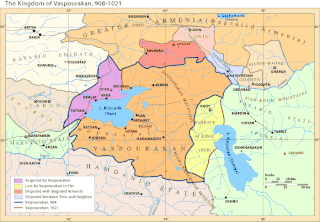| Millennium: | 1st millennium |
|---|---|
| Centuries: | |
| Decades: | |
| Years: |
| 953 by topic |
|---|
| Leaders |
| Categories |
| Gregorian calendar | 953 CMLIII |
| Ab urbe condita | 1706 |
| Armenian calendar | 402 ԹՎ ՆԲ |
| Assyrian calendar | 5703 |
| Balinese saka calendar | 874–875 |
| Bengali calendar | 360 |
| Berber calendar | 1903 |
| Buddhist calendar | 1497 |
| Burmese calendar | 315 |
| Byzantine calendar | 6461–6462 |
| Chinese calendar | 壬子年 (Water Rat) 3650 or 3443 — to — 癸丑年 (Water Ox) 3651 or 3444 |
| Coptic calendar | 669–670 |
| Discordian calendar | 2119 |
| Ethiopian calendar | 945–946 |
| Hebrew calendar | 4713–4714 |
| Hindu calendars | |
| - Vikram Samvat | 1009–1010 |
| - Shaka Samvat | 874–875 |
| - Kali Yuga | 4053–4054 |
| Holocene calendar | 10953 |
| Iranian calendar | 331–332 |
| Islamic calendar | 341–342 |
| Japanese calendar | Tenryaku 7 (天暦7年) |
| Javanese calendar | 853–854 |
| Julian calendar | 953 CMLIII |
| Korean calendar | 3286 |
| Minguo calendar | 959 before ROC 民前959年 |
| Nanakshahi calendar | −515 |
| Seleucid era | 1264/1265 AG |
| Thai solar calendar | 1495–1496 |
| Tibetan calendar | 阳水鼠年 (male Water-Rat) 1079 or 698 or −74 — to — 阴水牛年 (female Water-Ox) 1080 or 699 or −73 |

Year 953 ( CMLIII ) was a common year starting on Saturday of the Julian calendar.







